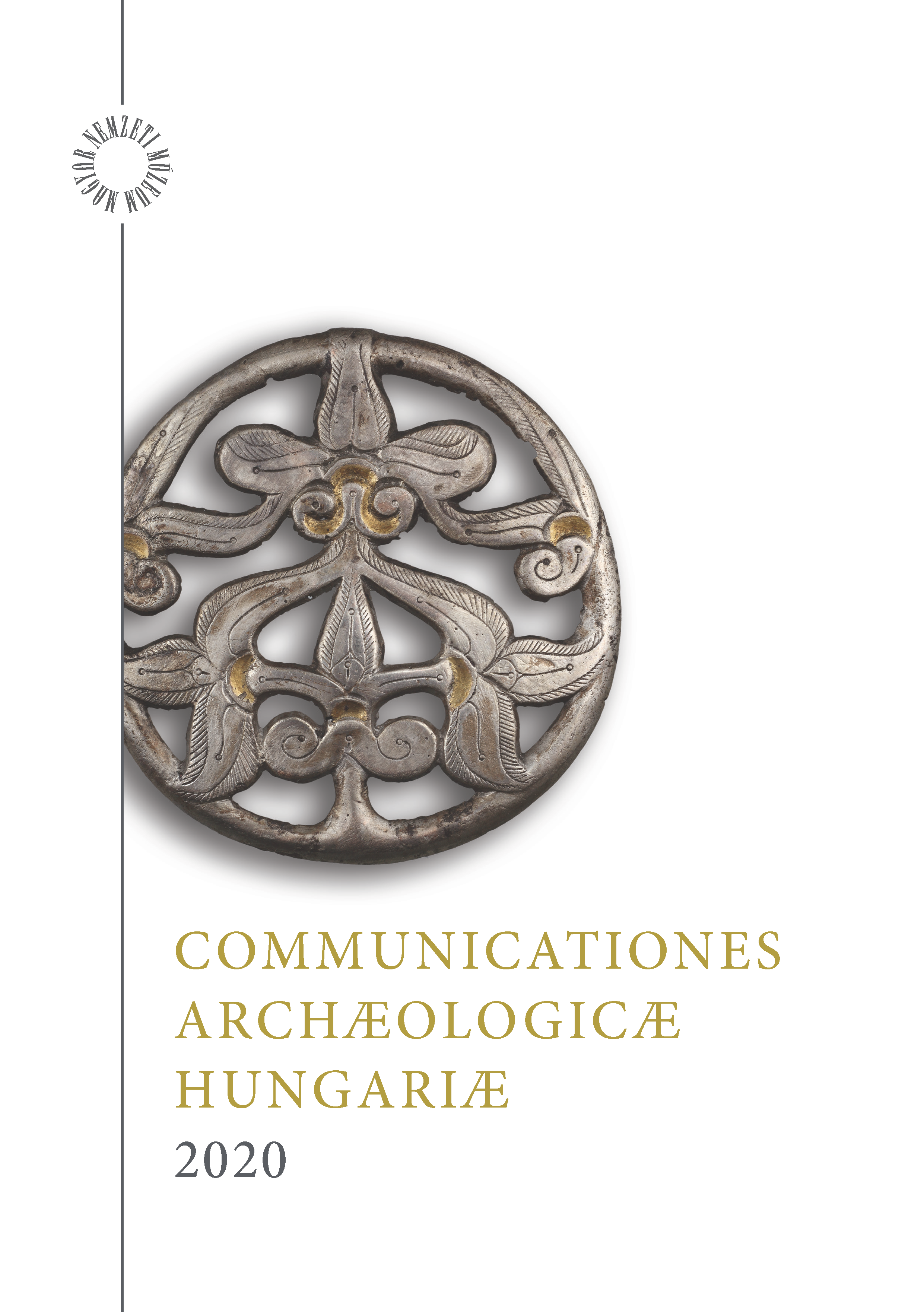Handheld XRF analysis of gold armlets with crescent-shaped terminals from the prehistoric collection of the Hungarian National Museum
Published 2022-03-03
Keywords
- handheld XRF, Middle Bronze Age–Early Iron Age, gold armlets with crescent-shaped terminals
How to Cite
Abstract
In this study, we present the elemental composition results determined with handheld XRF method on the gold armlets with crescent-shaped terminals from the Prehistoric Collection of the Hungarian National Museum. In addition to the new Tápióbicske find, the Dunavecse, Biia, the Géza Kárász Collection find from Transylvania and the Körös area specimens were also included in the analysis. Based on the handheld XRF results, it can be concluded that most of the studied armlets have high Ag (21–24 wt%) and low Cu (0.06–0.17 wt%) content. These objects form a relatively uniform group (Hartmann A3) based on their elemental composition, regardless of their type and presumed date. Lower Ag content was only detected in the Körös area find (ca. 5.8 wt%) (Hartmann B) and in the rivets of the Biia armlet (ca. 12.3 wt%) (Hartmann L/Q2). Our results suggest that the studied armlets had a lower Ag content compared to the previous measurements on the Bilje, Pipea and Boarta armlets, made by different techniques (OES, SR XRF). The applied method is not suitable to determine the origin of the raw materials. Only the material type could be defined as native gold.

